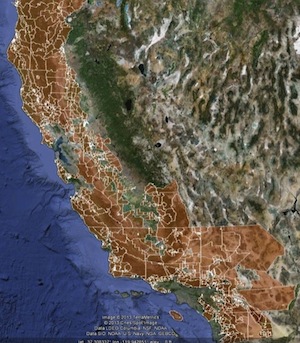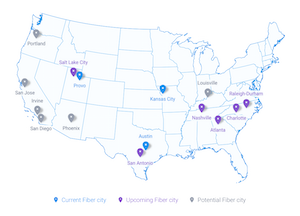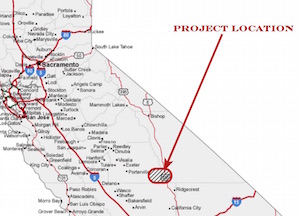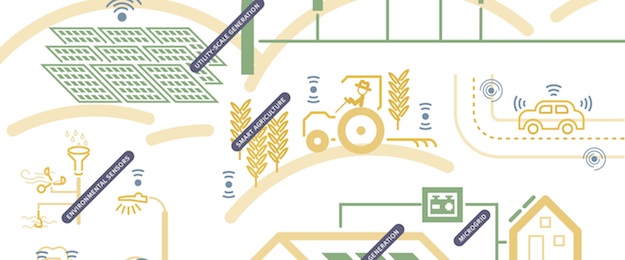Comcast exec says yeah, competitition made us do it
![By 대한민국 국군 Republic of Korea Armed Forces [CC BY-SA 2.0 (https://creativecommons.org/licenses/by-sa/2.0)], via Wikimedia Commons](https://www.tellusventure.com/images/2015/10/artillery_fire.jpg)
The only sure way to respond to a threat.
Comcast has a habit of upgrading and extending its infrastructure when the threat of competition raises its beautiful head. That’s a deliberate strategy, and not a coincidence, according to a Comcast executive quoted by FierceTelecom…
… MoreSpeaking to attendees during the opening afternoon sessions during SCTE 2015, Jorge Salinger, VP of access for Comcast, said that the cable industry’s development of the DOCSIS 3.1 specification has come together very quickly and is being driven by an emergence of new broadband competition from Google Fiber and telcos like AT&T and CenturyLink.
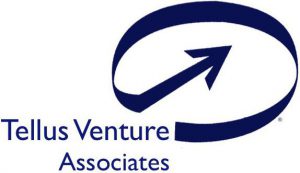
![By Mariordo (Mario Roberto Durán Ortiz) (Own work) [CC BY-SA 4.0 (https://creativecommons.org/licenses/by-sa/4.0)], via Wikimedia Commons](https://www.tellusventure.com/images/2015/10/hov_sticker.jpg)
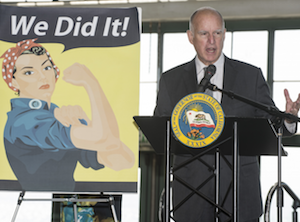
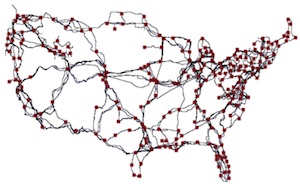

![By James Petts from London, England (Monopoly) [CC BY-SA 2.0 (https://creativecommons.org/licenses/by-sa/2.0)], via Wikimedia Commons](https://www.tellusventure.com/images/2015/9/monopoly.jpg)
